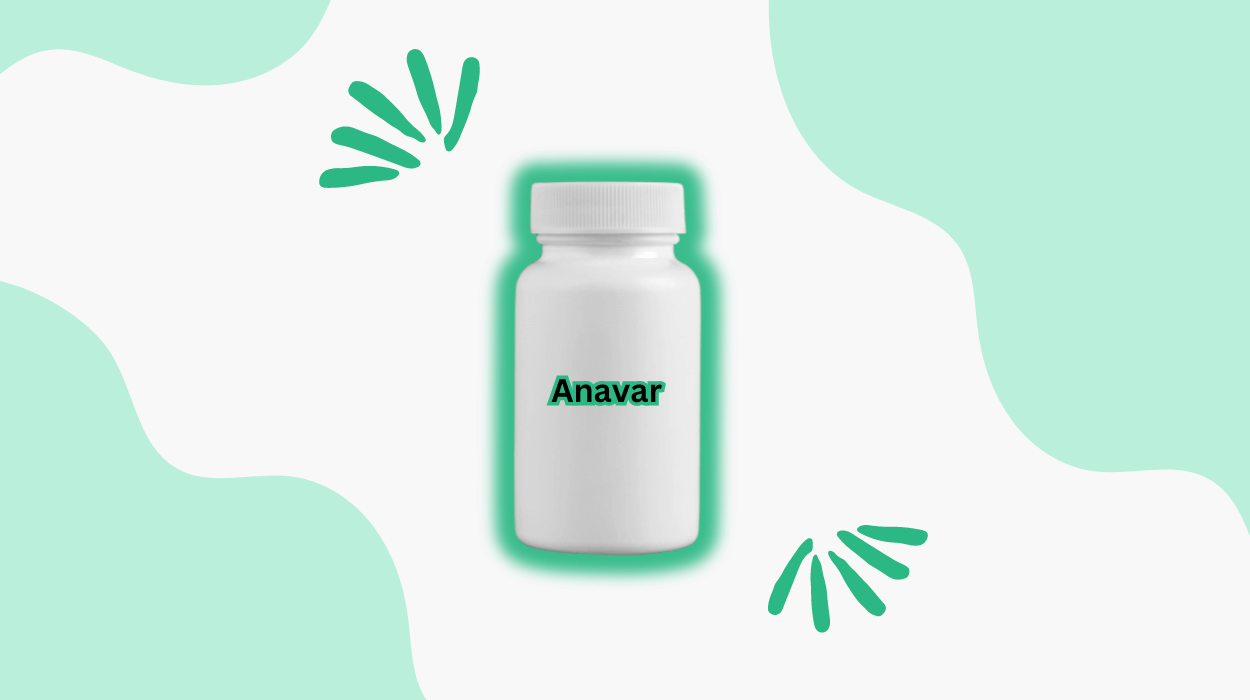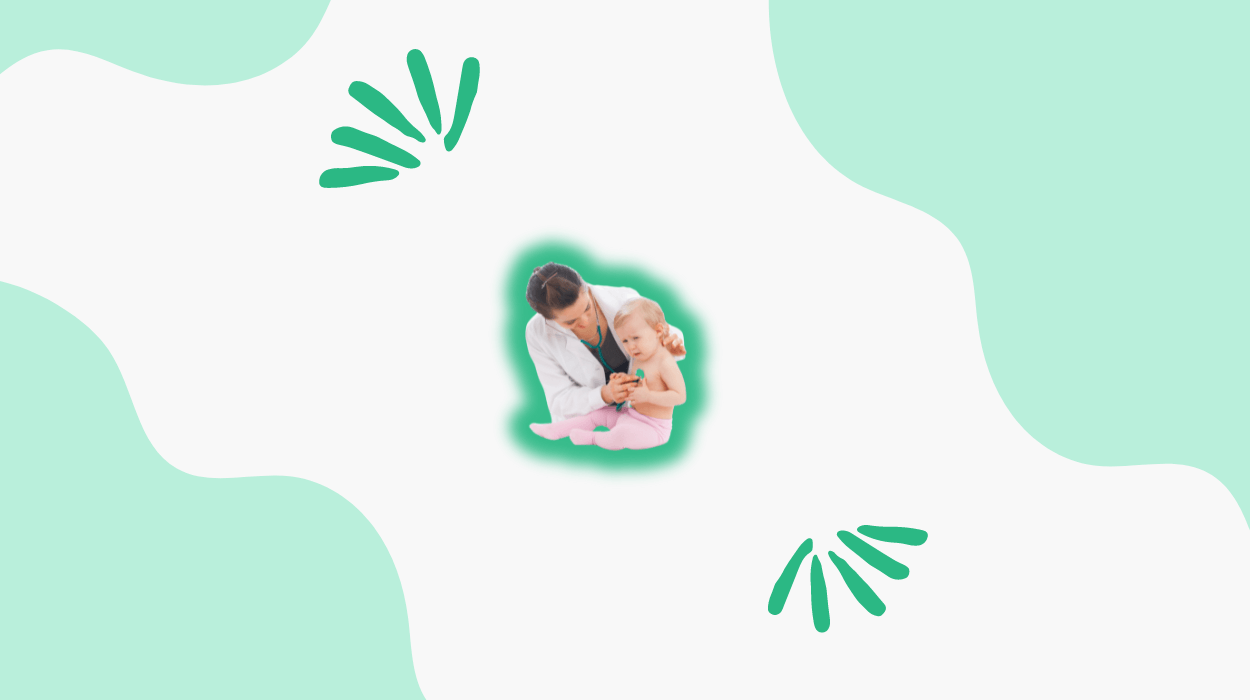

Anxiety is a complex mental health concern that may present itself as worry or fear, making children angry and irritable. Many anti-anxiety medications are available for managing pediatric anxiety, which could be confusing for the parents.
Antidepressants, initially approved for treating depression, could be prescribed for treating anxiety in children. Anti-anxiety medications might target common anxiety signs like worrying, nervousness, obsessing, and general anxiety.
These medications could boost serotonin levels in the brain, which directly impacts mood and anxiety regulation.
Some anxiety medications are intended for daily use to manage overall symptoms, while others are used on an as-needed basis for situations that trigger intense anxiety in children.
This article has compiled a list of commonly prescribed medications for pediatric anxiety. It also talks about the FDA approval status of anti-anxiety medicines, their working mechanism, and potential drawbacks.
The FDA might not have approved some medications to treat childhood anxiety. However, this absence of FDA endorsement does not necessarily indicate ineffectiveness, lack of safety, or a deficiency of clinical studies.
Pharmaceutical companies must demonstrate to the FDA the safety and efficacy of a drug for a specified condition in a particular patient population.
Once a medication receives FDA approval for a specific indication, healthcare providers may still mark it “off-label” for other conditions or age groups, such as pediatric anxiety.
Despite the lack of FDA approval for pediatric anxiety, studies published in reputable, peer-reviewed journals may support the safety profile of certain medications, like antidepressants, in treating Pediatric anxiety.

Antidepressants like selective serotonin reuptake inhibitors could help in treating childhood anxiety. Doctors may prescribe SSRIs because of their proven effectiveness and relatively mild side effect profile.
These medications may include:
These SSRIs may work by increasing serotonin levels in the brain, a vital neurotransmitter that regulates mood. They may reduce the severity of childhood anxiety by elevating mood parameters.
However, SSRIs might lead to side effects in some children. These adverse interactions may include headaches, nausea, stomachaches, and drowsiness. Other potential side effects could be a dry mouth, insomnia, nervousness, dizziness, or appetite changes.
Children and teenagers undergoing SSRI treatment should be closely monitored for any signs of activation, including increased irritability or impulsiveness. Any unusual or severe side effects should be promptly reported to a doctor to ensure appropriate management.
Benzodiazepines are a class of medications that may provide short-term relief for children experiencing acute anxiety symptoms. They can be administered to lower anxiety in specific circumstances or situations (like going to the doctor, flying on a plane, etc.).
Two commonly prescribed benzodiazepines for managing acute anxiety in children are –
Klonopin (clonazepam) and Ativan (lorazepam). These benzodiazepines may be used alongside other SSRIs if SSRIs alone provide insufficient results.
However, it is essential to weigh the benefits of symptom relief against the potential risks of side effects and dependence. The child may exhibit side effects of benzodiazepines, such as drowsiness, grogginess, oppositional behaviors, and confusion.
| Benzodiazepines for Pediatric Anxiety | Considerations |
|---|---|
| Short-term relief of acute anxiety | Benefits vs. risks assessment |
| Use in specific anxiety-triggering situations | Close monitoring and follow-ups |
| Bridging medication for rapid relief | Evaluation of treatment effectiveness |
| Supplement to SSRI in non-responsive cases | Assessment of adverse reactions |
| Not suitable for long-term use in children | Dependency and withdrawal risks |
Antipsychotics were initially developed to reduce psychosis symptoms in conditions like bipolar disorder or schizophrenia. However, doctors may prescribe antipsychotics for managing severe anxiety in children.
The most commonly prescribed antipsychotics for managing childhood anxiety include:
These medications are sometimes used alongside antidepressants, particularly in kids with obsessive-compulsive disorder (OCD). It could help reduce obsessive thoughts and address rigidity in thinking.
However, antipsychotics could induce potential adverse effects in children. The side effects may worsen with higher doses, varying among different medications. Some common side effects of antipsychotics include drowsiness, dizziness, restlessness, weight gain, or metabolic issues.
Other adverse interactions may comprise neurological conditions like tardive dyskinesia, hormonal changes, and decreased emotional expression.
SNRIs, or serotonin-norepinephrine reuptake inhibitors, work by raising serotonin and norepinephrine levels in the brain. Such effects encourage mental relaxation and help reduce anxiety flare-ups in children.
They are typically prescribed as a second-line treatment when SSRIs have not yielded the desired results in children with anxiety disorders. Clinicians may opt for SNRIs if there is a positive response history within the family, indicating a potential genetic predisposition to favorable outcomes with SNRIs.
Two commonly prescribed SNRIs for tackling adolescent and childhood anxiety may include Cymbalta (duloxetine) and Effexor XR (venlafaxine ER). Due to their influence on two neurotransmitters’, SNRIs may have a slightly higher rate of side effects than other antidepressants.
Side effects associated with SNRIs include gastrointestinal issues, dry mouth, headaches, drowsiness, or changes in appetite. These side effects emphasize the importance of close monitoring and communication with healthcare providers before considering SNRIs.
Alpha agonists were initially formulated to reduce high blood pressure in adults. However, doctors may prescribe alpha agonists to reduce anxiety symptoms in children and teens, as it may help modulate the body’s fight-or-flight response.
These medications might influence the sympathetic nervous system, decreasing the body’s reactivity to stressors and helping mitigate anxiety symptoms. Families may choose alpha agonists over antidepressants due to concerns about antidepressants association with a potential risk of suicidality.
Two commonly prescribed alpha agonists for managing pediatric anxiety are – Guanfacine (Tenex, Intuniv) and Clonidine (Catapres, Kapvay).
Monitoring blood pressure regularly in children taking clonidine or guanfacine is essential, as these medications may significantly reduce blood pressure.
Common side effects of alpha agonists may include dry mouth, sleepiness, dizziness, loss of appetite, headache, nausea, and vomiting.
Antihistamines may help subside allergic reactions and are also utilized to reduce anxiety symptoms in children for short durations.
These medications may inhibit histamine receptors in the central nervous system. Such a mechanism might raise serotonin levels and impart a sedative effect that may help anxious children calm down rapidly.
Examples of antihistamines used for anxiety management in children include Benadryl (diphenhydramine) and Atarax, Vistaril (hydroxyzine). Despite their effectiveness in providing short-term relief, antihistamines may not be a long-term fix for anxiety management in children.
Antihistamines could help manage pediatric anxiety, but they come with potential side effects. These can include drowsiness, fatigue, dizziness, dry mouth, urinary retention, blurred vision, confusion, irritability, and headaches.
If the side effects persist or deteriorate, discontinue antihistamine usage and seek medical consultation.
Atypical anxiolytics, like Buspirone (Buspar), may offer a pharmacological approach to managing pediatric anxiety. They have fewer side effects and a lower potential for dependence or abuse than benzodiazepines.
Buspirone may work by activating specific brain receptors to modulate neurotransmitter balance. It typically takes approximately 1–2 weeks to begin working and around 4 to 6 weeks to reach full effectiveness.
Potential side effects of atypical anxiolytics like buspirone may include:
Combining medication with CBT may yield promising results in managing childhood anxiety. CBT equips children with skills to overcome anxiety, and medication helps reduce anxiety symptoms. These effects could make the child’s participation in CBD therapy more feasible.
For mild-to-moderate anxiety, doctors and experts could recommend starting with CBT as the initial treatment. Medication might be introduced if CBT alone is insufficient in relieving symptoms.
In instances of severe anxiety, it might be safer to start the medication alongside CBT or even before therapy begins to initiate the child’s engagement in treatment.
The selection of medications for pediatric anxiety treatment is a complex task that comprises careful consideration of safety, efficacy, and off-label use.
Understanding the role of different medication classes, their mechanisms of action, and potential side effects may help optimize treatment strategies for children with anxiety disorders.
Appropriately communicate with children, identify their anxiety triggers, make them partake in regular physical activity, and ensure the child gets adequate sleep. These are some natural measures to reduce or avoid anxiety in children.
Tyler Read earned an undergraduate academic degree from Sonoma State University, California and is a certified personal trainer (CPT) with NASM (National Academy of Sports Medicine). With over 16 years of experience, Tyler has trained clients both online and in-person.
He is passionate about helping others turn their love for fitness into a career. Tyler has worked with many local and commercial gyms before establishing his successful private personal training business, which he continues to operate.
